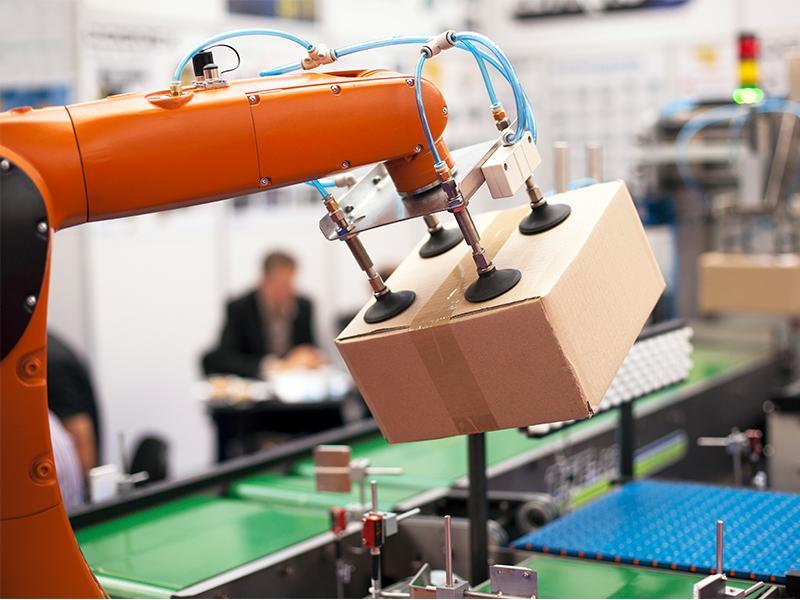As robots become more and more popular in industrial, commercial and other sectors, there is a renewed interest in developing grippers that can assist in various tasks. This is more so in the case of collaborative robots that may be required to do more than one task and hence requires the dexterity and grip to hold different types of objects.
Vacuum, magnetic, claw, rotary and parallel grippers have become quite common in the market due to the needs of electronics, automotive, and food processing industries. Other industries like pharmaceutical and agriculture have also developed their own specialized grippers. More are being developed for use in various hazardous operations, underwater, healthcare and so on.
While the nature of grippers may not see much change, there is a whole lot of research being done on how to make grippers more efficient in different environments. Regardless of whether your robot is meant for the factory floor or is a hobby Arduino project, getting the right gripper is crucial if the robot is to pick and hold an object.
Grippers with smart sensors
A robot that can perceive what’s around it is perhaps the first step to making it intelligent. Grippers that can sense the nature of the object it is supposed to hold and tailor its approach would be a smart gripper. Machine learning through large amounts of data sets, artificial intelligence, and machine vision can make this possible.
When a robot is able to perceive what’s in front of it, it can compare it in relation to the orientation and size of the gripper. This will help the machine figure out the best possible method to handle the object.
Human-like size for collaboration
Traditional robots can come in various sizes and their grippers could be large enough to pick up heavy objects. But collaborative robots are often human-sized and require grippers that are relatively smaller compared to their traditional counterparts.
There is also a need for these grippers to be safe for humans to be near. Again, this can be achieved with smart sensors. For instance, if an employee working alongside a collaborative robot accidentally places a hand among the objects the robot has to pick, the machine has to understand something is wrong and stop operations.
Better dexterity

With the help of better-quality electric actuators and materials, manufacturers are able to produce grippers that are more flexible than before.
For instance, three-finger adaptive grip and force sensors can hold even fragile objects without damaging them. Torque and six-axis sensors help the robot understand how much pressure the object in hand can take.
Plug-and-play
Ease of use is becoming a norm these days. Customers want minimum time wasted in setting up their robots. This is where robotic manufacturers are seeing a demand for plug-and-play grippers. There is no need for an adapter plate and no need to run electric cables up the arm. All the connections are provided at the wrist itself, which just need to be plugged in. Some even use discrete signals that allow the robot to be installed without any special drivers.
Integrated technology and grippers
To bring more flexibility into the operations, manufacturers are also looking at ways to combine grippers. The three-finger gripper, for instance, can be combined with a magnetic gripper for dual functionality. Robots with different grippers on different arms and controllers to navigate between different operations are also possible.
Third-party software to control grippers is also available on the market now. These can be integrated with the main program that runs the robot. Some of these third-party software makers claim that their applications are virtually non-distinguishable from the main software.
Watch our video from the Automate show held last year at Illinois, Chicago.
-----------------------------------------------------------------------
About the Author

Prasanth Aby Thomas has written extensively on global security, automation, and smart technologies industries. He is a Senior Journalist and tech reporter and has worked with several publications in India and abroad. He completed a Masters Degree in International Journalism from the University of Bournemouth, Dorset.




